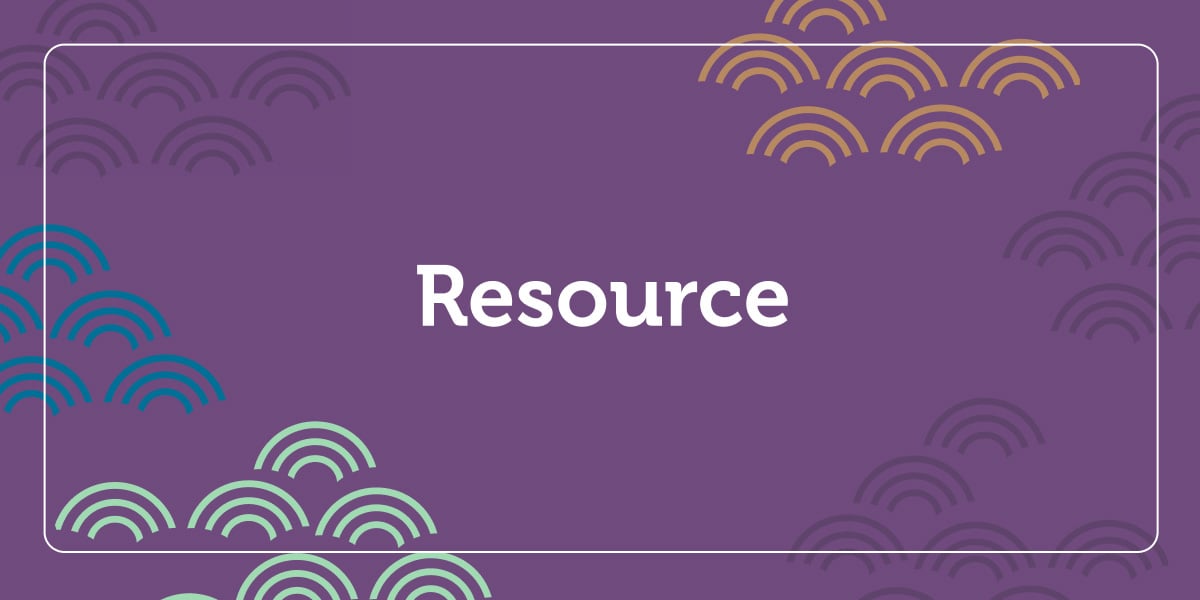February is National Music in our Schools Month, which means there’s no better time to find a new way to incorporate music into your classroom.
February is National Music in our Schools Month, which means there’s no better time to find a new way to incorporate music into your classroom. Music is a fundamental piece of childhood and an interesting, fun way to learn everything from math to communication skills. What better way to teach young children than with the immersive sensory experiences music provides?
Abigail Flesch Connors’ book Exploring the Science of Sounds offers dozens of activities that you can fit into any classroom curriculum. Here are just a few activities that explore the science of music while teaching so much more!
Conducting Loud and Soft Bells
What You Need:
What They’ll Learn
This activity is great for exploring the concept of volume—always an important topic in classrooms with young children! The conducting element also encourages teamwork, attention, and direction following.
What to Do:
- Ask the children if they’ve ever seen a conductor leading a band or orchestra. If some have, ask about how the conductor tells the band how to play. If not, explain that a conductor uses only her hands, and sometimes a stick called a baton to lead.
- Tell the class that they’re going to play in a band of bells, and you’re going to be the conductor. Demonstrate the signals for “play more loudly” (raising hands slowly in the air, palms up) and “play more softly” (lowering hands slowly, palms down). Have the children try this with you.
- Pass out the bells and conduct the group with the hand signals, giving plenty of time between changing signals. Continue for about a minute.
- Ask if any of the children would like to take a turn being the conductor. If time permits, give several children turns.
- Collect the bells.
Creating Shakers with Different Timbers
What You Need
- Clean plastic jars with lids
- Newspaper of plastic to cover the work table
- Fillings (bits of twig, acorns, small pinecones, buttons, colored beads, plastic tags, pebbles, small seashells, pennies, bottle caps, etc.)
- Glitter or stickers for decorating
What They’ll Learn
This activity shows that different objects can make different sounds. Children also get a chance to exercise their problem solving skills by trying different objects until the shaker sounds how they want it to sound, encouraging their scientific curiosity and allowing them to learn through trial and error.
What to Do:
- Have a few children at a time working at the table, which should be covered for easier cleanup. Before they start, talk with the children about what kind of timbre they want their shakers to have—hard and loud, soft and soothing, bumpy or smooth? Then ask them to think about which of the materials would produce that kind of timbre. Of course, they’re free to use more than one filling, but they should think about how that will affect the sound.
- If they’re not happy with their sound when they’re done, give them a chance to revise their thoughts on what materials they should use. They may find, for example, that the beans aren’t as loud as they thought they would be—they might like to try macaroni instead. Children can learn a lot from trying, revising their designs, and trying again.


